Last night, the COLCOA French Film Festival kicked off with a lovely reception and a screening of “A Perfect Man,” directed and co-written by Yann Gozlan.
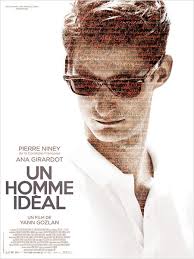 In the movie, Pierre Niney plays Mathieu Vasseur, a sensitive smart loner and struggling fiction writer. When he happens to find an unpublished manuscript written by a French soldier in the Algerian War (who is now deceased), Mathieu takes a gamble and sends it to a publisher. It’s an instant success and Mathieu’s once-dismal existence is transformed, bringing him money, acclaim and the love of Alice Fursac (Ana Girardot), a beautiful and brainy literature professor who hails from a prominent family.
In the movie, Pierre Niney plays Mathieu Vasseur, a sensitive smart loner and struggling fiction writer. When he happens to find an unpublished manuscript written by a French soldier in the Algerian War (who is now deceased), Mathieu takes a gamble and sends it to a publisher. It’s an instant success and Mathieu’s once-dismal existence is transformed, bringing him money, acclaim and the love of Alice Fursac (Ana Girardot), a beautiful and brainy literature professor who hails from a prominent family.
But three years later, Mathieu’s lies catch up with him: he’s spent all his money and he’s made zero progress on a second book. Also bothering him: a blackmailer and a nosy friend of the Fursac family. As Mathieu gets more desperate to cover his tracks (à la Patricia Highsmith’s Mr. Ripley), he turns to increasingly dire methods to hang onto his pretty illusion.
Granted, there are several times where “A Perfect Man” might inspire head-shaking incredulity. But I found that easy to forgive because there is so much that’s highly entertaining about the film – Niney and Girardot are just right for their parts, not to mention the luscious cinematography, shocking twists, taut pacing and gorgeous locations.
Alfred Hitchcock had a name for viewers who quibbled with the likelihood of a suspense movie’s plot points occurring in real life: The Plausibles. In his view, these nitpickers were missing the point, which was to enjoy the story’s thrills, both narratively and visually.
Of course, there needs to be some semblance of reality as well as sophistication in terms of storytelling in order to gloss over pesky points of fact. And it’s a difficult balance to maintain – some films are so compelling that it’s easy to forgive even major errors, others we dismiss completely because we just can’t buy into the film’s reality.
In the case of “A Perfect Man,” ditch your Plausibles checklist and just have a good time.






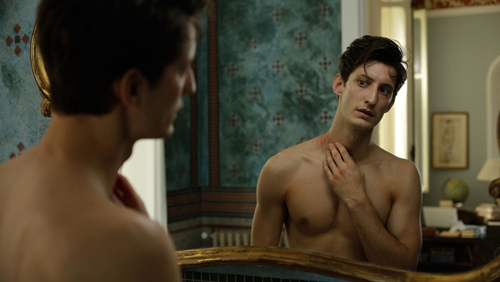
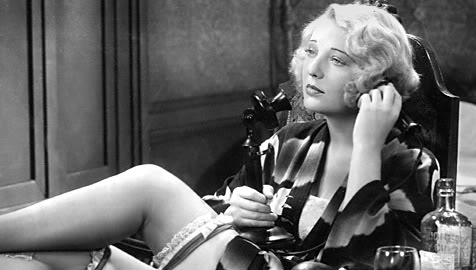
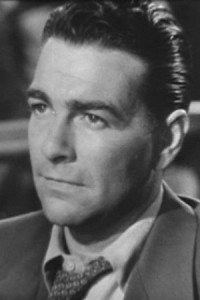
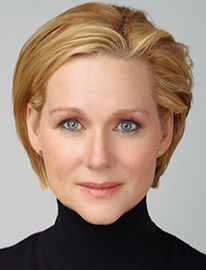
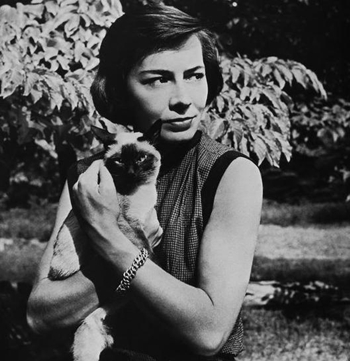
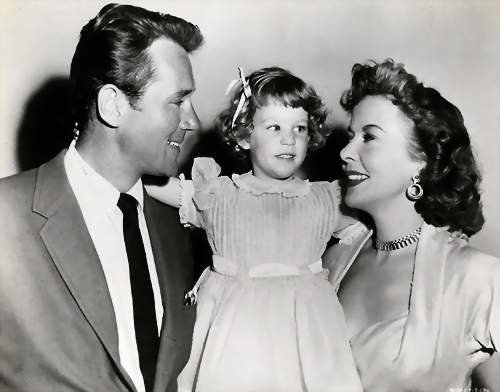
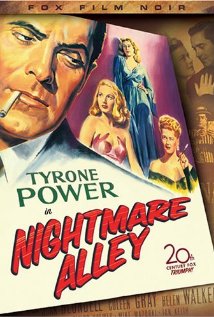
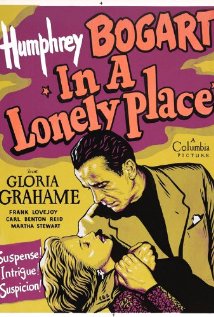
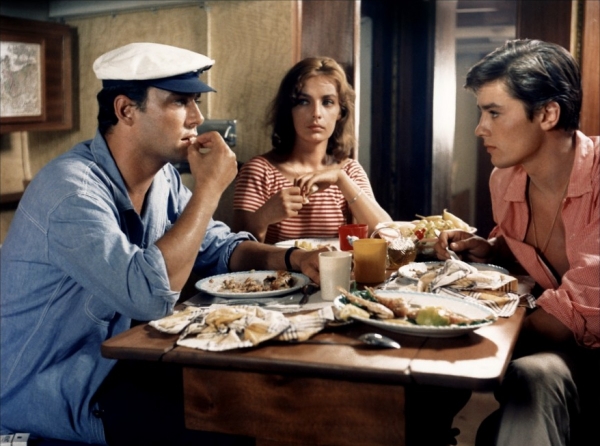
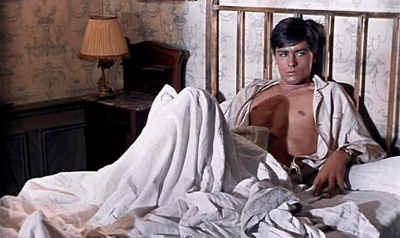
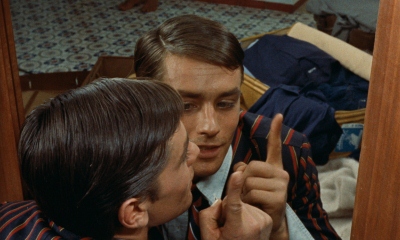
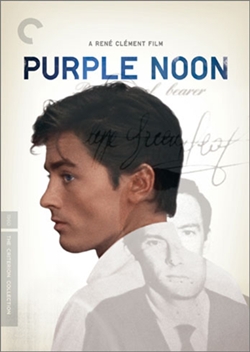
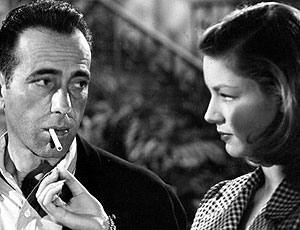

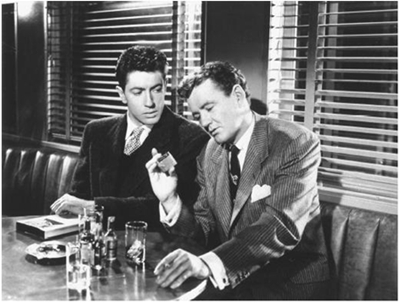
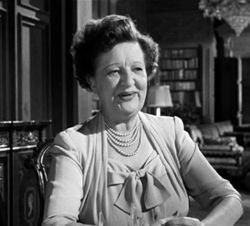





From FNB readers